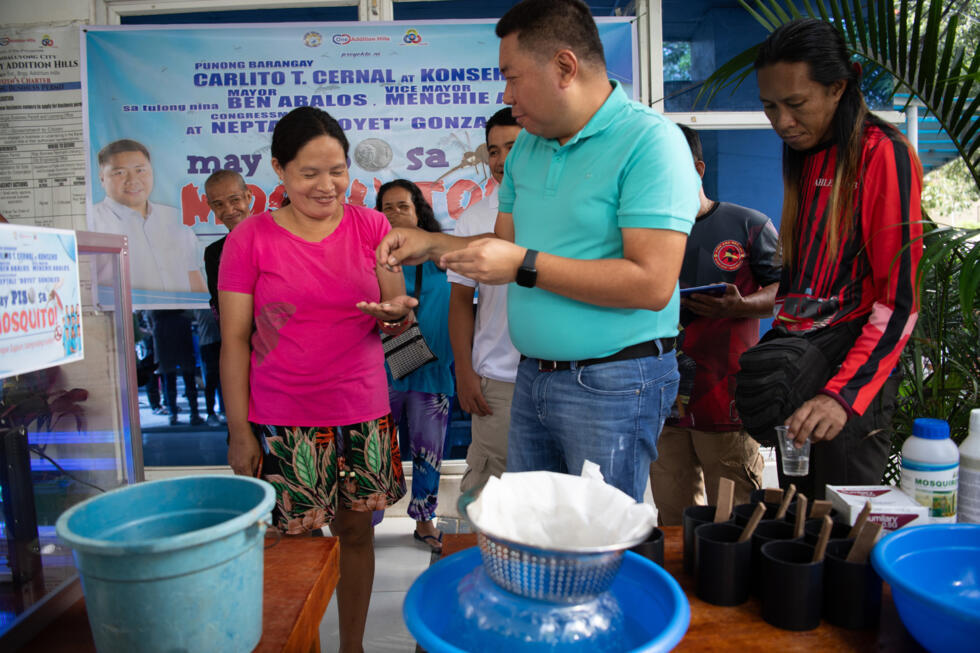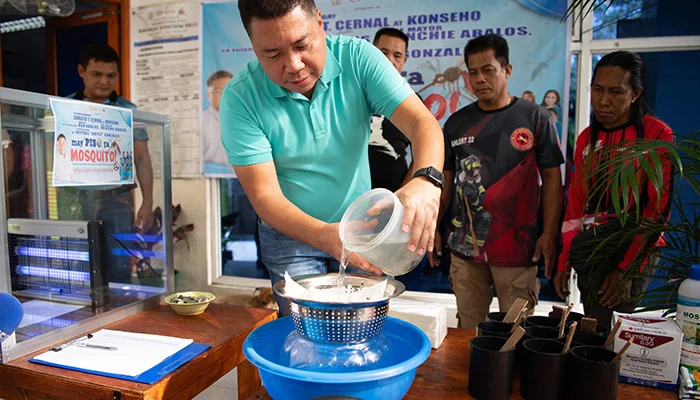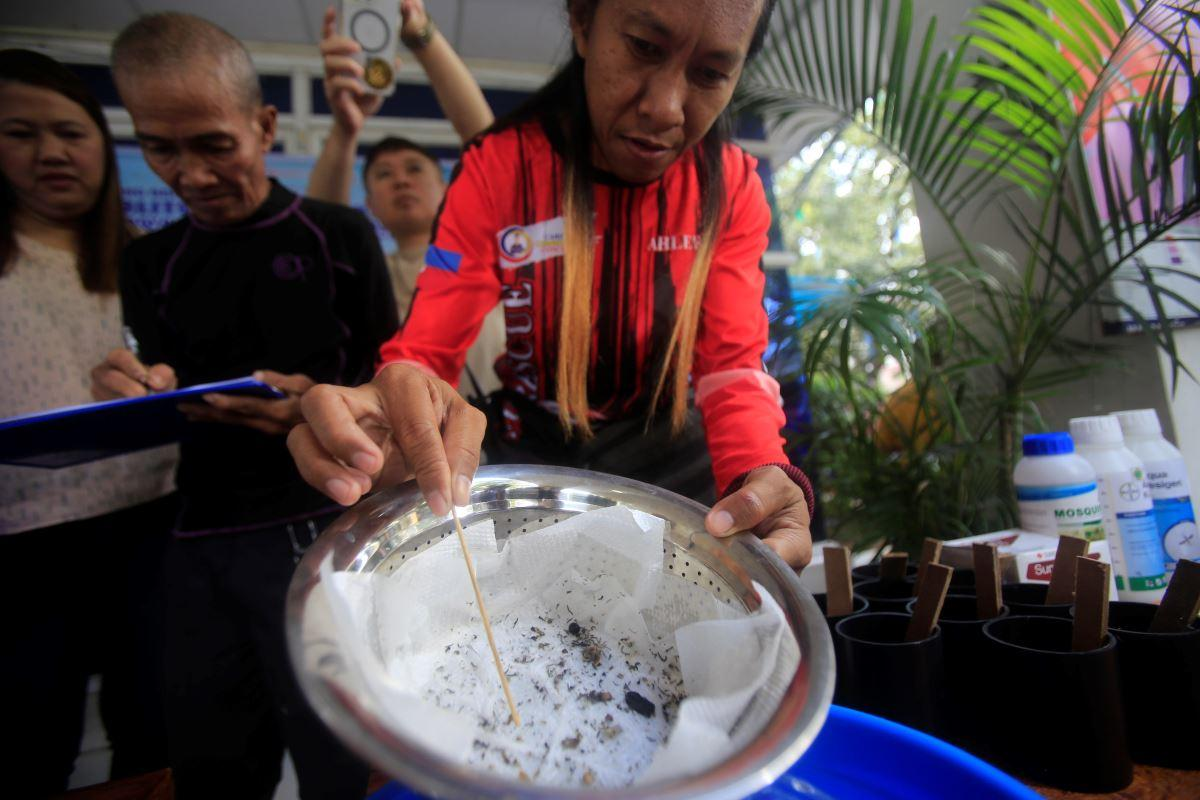Cash in exchange Of dead or alive mosquitoes—this unusual initiative has taken center stage in Barangay Addition Hills, a densely populated village in the Philippines. In response to a growing dengue fever crisis, local authorities have resorted to an unconventional method: paying residents to hunt down mosquitoes.
The village chief, Carlito Cernal, has implemented a reward system where citizens earn one peso for every five mosquitoes they capture, dead or alive. This approach, though seemingly bizarre, is driven by a serious public health concern, as two students in the community recently lost their lives due to dengue.
Cash in Exchange Of Dead or Alive Mosquitoes
Dengue fever, a mosquito-borne disease caused by the dengue virus, has been a longstanding health challenge in the Philippines. The virus spreads through the bite of infected Aedes aegypti and Aedes albopictus mosquitoes, which breed in stagnant water and thrive in tropical climates.
To combat this, the Philippine government has historically relied on methods such as fogging, larvicide application, and public awareness campaigns. However, the alarming surge in dengue cases in Barangay Addition Hills has led authorities to think outside the box.
Cernal’s initiative builds on traditional preventive measures, such as cleaning streets and ensuring there is no standing water where mosquitoes can lay their eggs.
But the cash-for-mosquitoes scheme introduces a more direct approach—actively reducing the mosquito population through community participation. While the monetary reward may seem small, the incentive has encouraged many residents to take up mosquito hunting seriously.
WATCH: Residents in Brgy Addition Hills turn over mosquitoes and larvae collected in their communities in exchange for coins.
— Raphael Bosano (@raphbosano) February 19, 2025
An official says this is their way to encourage proactive participation to combat the concerning rise in dengue infections. pic.twitter.com/rsNgIrfxas
The initiative is not limited to adult mosquitoes alone; even larvae are eligible for the reward. Some villagers have taken creative approaches, using nets, plastic containers, and even makeshift traps to catch mosquitoes.
Meanwhile, ultraviolet (UV) rays are being used to eliminate live mosquitoes in certain areas. Despite its unusual nature, the scheme is a testament to the urgency with which local leaders are addressing the dengue outbreak.
Mixed Reactions and Social Media Buzz
As news of the initiative spread, it quickly became a topic of debate both locally and internationally. While some view the strategy as an innovative way to control the mosquito population, others have ridiculed it, particularly on social media.
Comments ranging from skepticism to outright humor have flooded online platforms. One user sarcastically noted, “Mosquito farming is coming,” implying that some might exploit the initiative by breeding mosquitoes to collect rewards. Others expressed concerns about the feasibility and long-term effectiveness of the approach.
Read : Bizarre! Man Tries To Rob Bank With Dinosaur-Shaped Water Gun In South Korea
Despite the criticism, some health officials have expressed cautious optimism. The Philippines Department of Health (DOH) acknowledged the “good intentions” behind the initiative, though it remains to be seen whether this localized effort will have a significant impact on dengue transmission rates.

Barangay Addition Hills is home to approximately 70,000 residents and spans an area of 162 hectares. With 44 recorded cases of dengue fever and a national spike of 234% in cases compared to last year, authorities are under pressure to take decisive action. In this context, even unconventional solutions are being considered.
The Broader Dengue Crisis in the Philippines
The dengue situation in the Philippines is not isolated to Barangay Addition Hills. Nationwide, cases of the disease have been rising, prompting concerns from health officials. In tropical regions like the Philippines, dengue is a recurring epidemic, exacerbated by factors such as urbanization, climate change, and inadequate sanitation in densely populated areas.
Public health experts warn that the increase in dengue cases could be attributed to a variety of factors, including increased rainfall leading to more breeding sites for mosquitoes. Additionally, climate change has contributed to the expansion of mosquito habitats, making vector-borne diseases more challenging to control.
Historically, the Philippines has implemented large-scale dengue prevention strategies, including community clean-up drives, school-based awareness campaigns, and vaccination programs.

However, the controversial Dengvaxia vaccine scandal in 2017—where concerns over potential health risks led to a decline in public trust—has complicated efforts to control the disease through immunization. As a result, preventive measures remain the primary tool in the fight against dengue.
With the rise in dengue cases, some experts believe that more aggressive mosquito control strategies, including genetic modification of mosquitoes or the use of Wolbachia bacteria to reduce their ability to transmit dengue, should be explored.
However, these solutions require time, research, and regulatory approvals. In the meantime, local governments are left to experiment with immediate, on-the-ground measures—such as the mosquito bounty initiative in Barangay Addition Hills.
While the concept of paying residents for mosquitoes may seem outlandish, it reflects a desperate attempt to curb a serious health threat. Whether or not this approach will be effective in the long term remains to be seen, but for now, it has undoubtedly brought global attention to the ongoing battle against dengue fever in the Philippines.
let’s enjoy few years on earth with peace and happiness….✍🏼🙏

